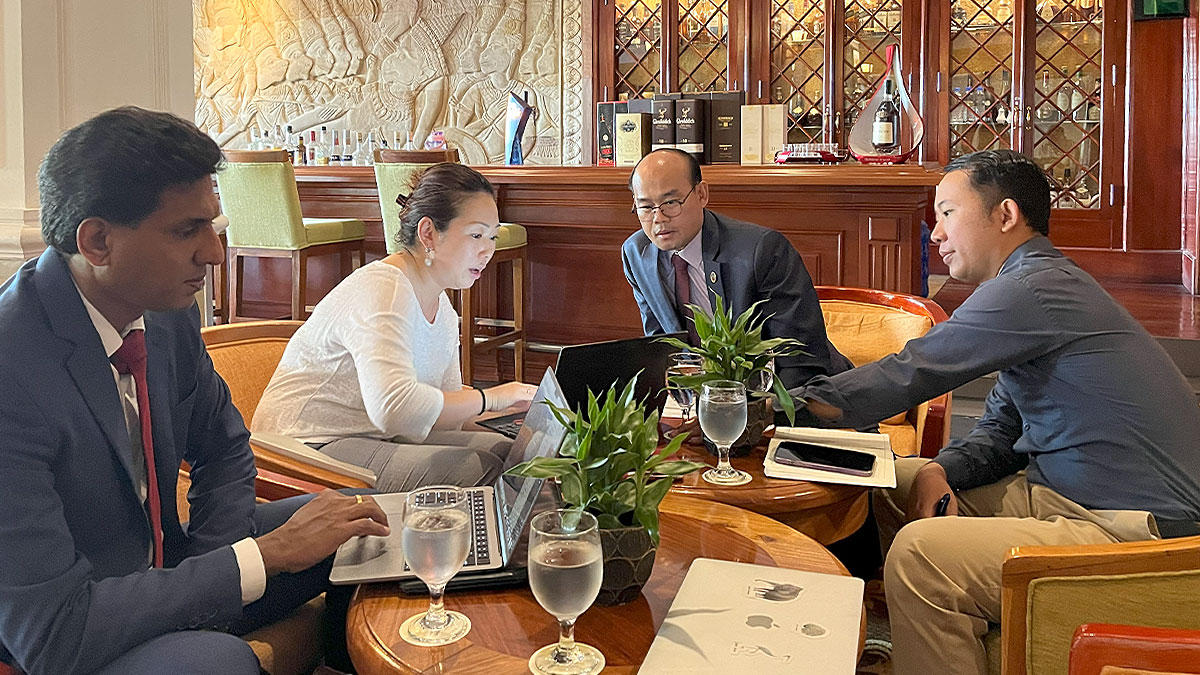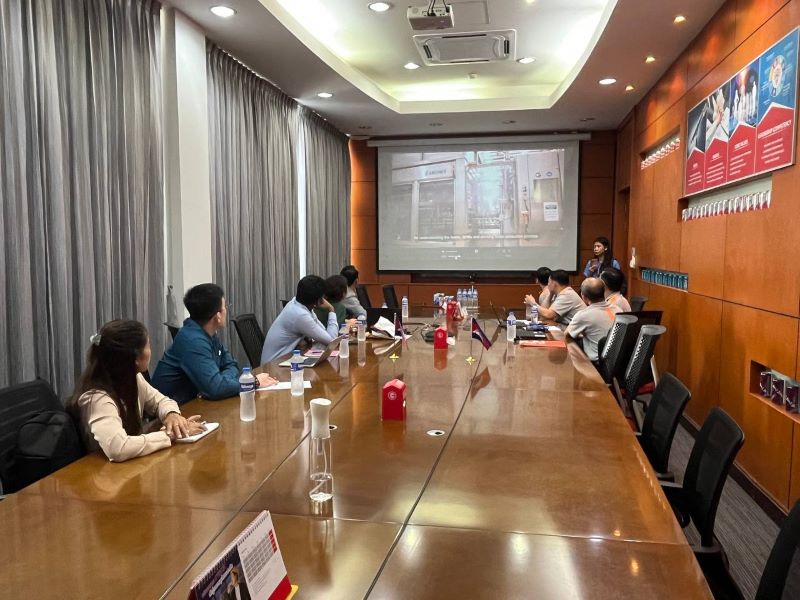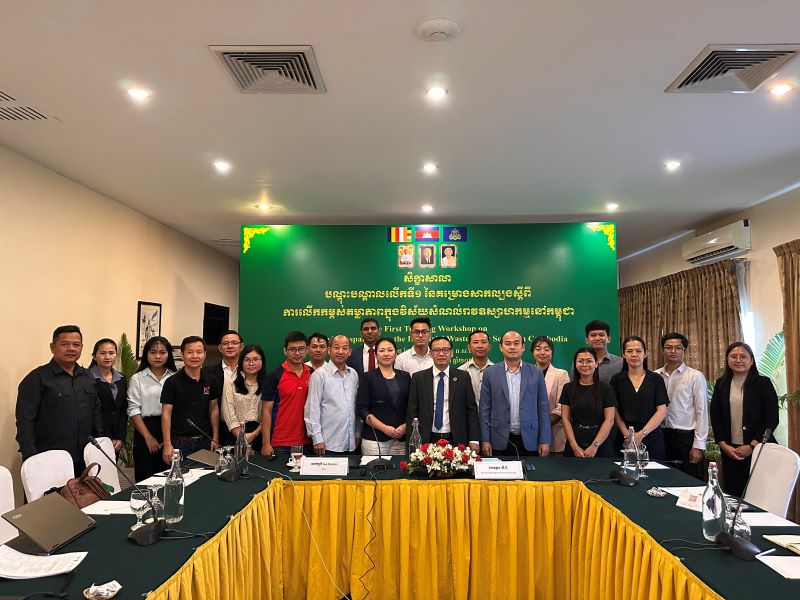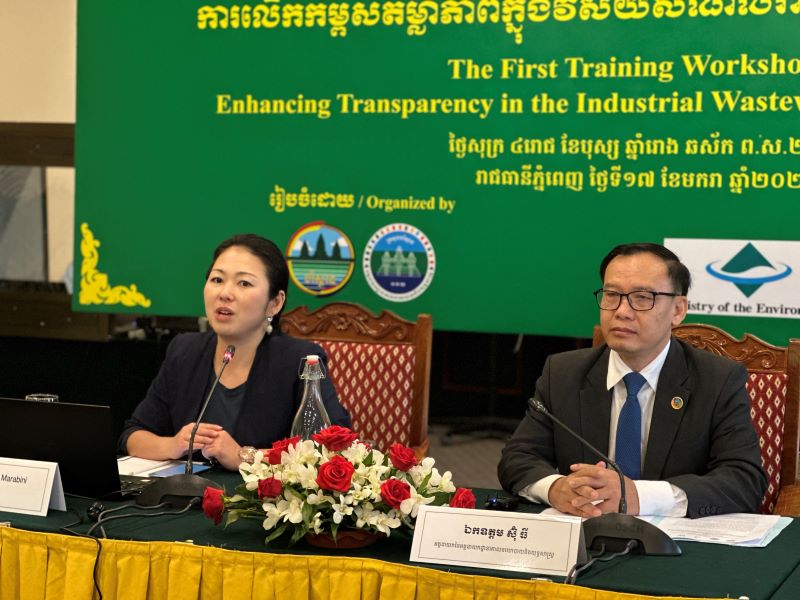2025.01.28
Promotion of Corporate GHG Accounting and Reporting in Cambodia
On January 17, 2025, we hosted a training workshop held in Phnom Penh, Cambodia to promote corporate greenhouse gas (GHG) accounting and reporting. This workshop was held as part of the PaSTI-JAIF project under the Japan-ASEAN Integration Fund, aiming to enhance transparency of GHG emissions in the ASEAN region.
This report provides an overview of the activities carried out in Cambodia in 2024 in particular.
How the activities started in Cambodia
The promotion of transparency regarding climate change in Cambodia responds to the needs of the government facing a lack of activity data for industrial wastewater. With the cooperation of a major Cambodian beverage factory, we decided to carry out a model project to calculate and report GHG emissions, including data on industrial wastewater.
Cambodia has little experience in collecting data directly from companies, so we have had to work from the ground up with Ministry of Environment, Cambodia and the companies to determine how much knowledge and understanding the companies have of GHG accounting and reporting, to what extent they have a grasp of the activity data, and whether they have the capacity to report.

Site visit and data collection
There are new learnings when you actually visit the site and talk to the people in charge. This is something I always feel when working on international cooperation projects.
This time, we toured the factory and created an automatic calculation tool to estimate GHG emissions while identifying emission sources and, going one step further, investigating the track record and prospects for the introduction of reduction measures. This company is highly environmentally conscious and already has a factory with solid environmental measures in place, including the recovery of methane generated during the beverage manufacturing processes and the use of waste heat. However, it also became clear that, despite all this environmental consideration, the company had no experience whatsoever in calculating GHG emissions.

GHG accounting training and future activities
GHG emissions can be calculated by multiplying activity levels (such as how much electricity is used or how much gas is burnt) by an emission factor. Following an online workshop in November 2024, the training in January 2025 featured many technical discussions and questions, such as the use of unique emission factors other than those set by the IPCC. Minor numerical errors in methane emissions and recovery volumes were also pointed out. The session was very lively and meaningful, also with voices expressing a desire to use the data calculation tools academically in classes.
In the future, we plan to follow up on how to present the calculated GHG emission data to the public from the perspective of improving corporate value and attracting investment. We will also continue to provide support to the government, including cooperation with various ministries and agencies, toward the establishment of a GHG accounting and reporting system.




